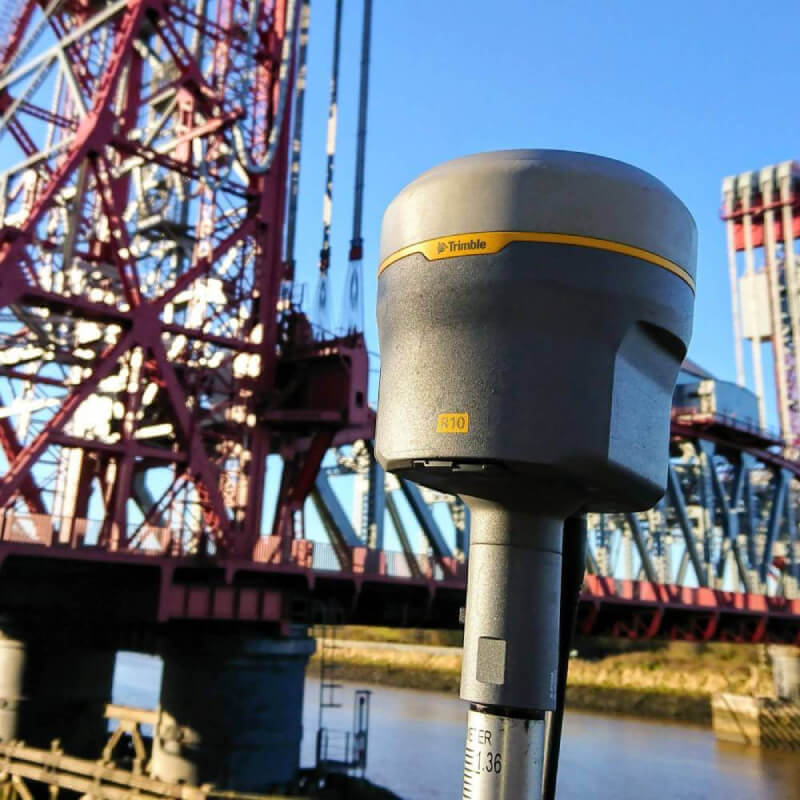Have you ever seen a development site lie seemingly unchanged for weeks while workers swarm all over it? No building seems to be taking place, you think, and yet everyone onsite looks busier than ever.
What’s going on? Well, more often than not, you’ll find that you’re watching the set-out survey take place. Setting out a site occurs once the architects have finalised their plans, and data from a topographic survey has been collected.
What is setting out?
Also known as “staking out” or “laying out”, setting out in surveying is the practice of transferring the building design onto the land itself so that the workers can follow it during construction.
Key points and guide markers are set out to ensure accurate building takes place. Large-scale projects like developments and high rise buildings often require multiple setting out surveys to ensure continuity as the project progresses.
Why is setting out surveying so important?
The main reason for setting out (other than to guide the workers as they begin construction) is to ensure the construction remains within the legal boundary. This means there will be no legal disputes later on, such as those regarding property boundaries and rights of access.
When is setting out needed?
Setting out is necessary for all construction projects that need to exist within a strict boundary, including:
- Extensions on existing buildings
- Building anything (from a small dwelling to a retail park or a high rise)
- Roads, bridges, and tunnels
Too often, the importance of correct setting out is neglected, especially on small scale developments, where the thought is its an unnecessary cost, and “I know someone who can do that for us for a bit of cash in the back pocket”. We have seen numerous examples of incorrect, inaccurate setting out which has ended up costing the developer a small fortune, as road layouts, plot positions, drainage layouts have all had to be amended as the development doesn’t fit within the site!
Who conducts a setting out survey?
A setting out engineer is not necessarily a land surveyor. These roles do differ in their day-to-day demands and experience required, but at Landform Surveys, we understand the importance of having an understanding of both roles.
A setting out engineer is responsible for:
- Setting out the site
- Levelling and surveying the site*
- Overseeing quality control
- Keeping a site journal
- Running update meetings
- Resolving technical issues
- Being the point of liaison between architects and the construction team
- Planning and organising work
*Sometimes the setting out engineer will be a qualified surveyor, and other times they will work alongside a surveyor consultant
What equipment is used in setting out?
The telltale sign of any surveying work is the presence of a total station. This is a modern theodolite mounted on a tripod and fitted with an EDM (electric distance meter). It uses a movable telescope to measure both vertical and horizontal planes.
A total station will use electronic transit theodolites in conjunction with a distance meter in order to read slope distance. It measures distance accurately and can also be used in conjunction with mapping software in order to provide a database of reference points.
A measuring tape is used in smaller construction projects where a builder may not need to contact a surveyor in order to set out. In all projects, the setter out will use nylon strings to demarcate distances and boundaries within the development itself. This will be strung between pegs hammered into the ground at pivotal points and levelled using a spirit level.
To mark out foundation walling and other excavation points, the setter out will use white lime powder, as it is insoluble in water and therefore won’t wash away even in bad weather.
Landform Surveys can conduct setting out surveys on any size development. Get in touch for a quote today on 0191 265 0555.


